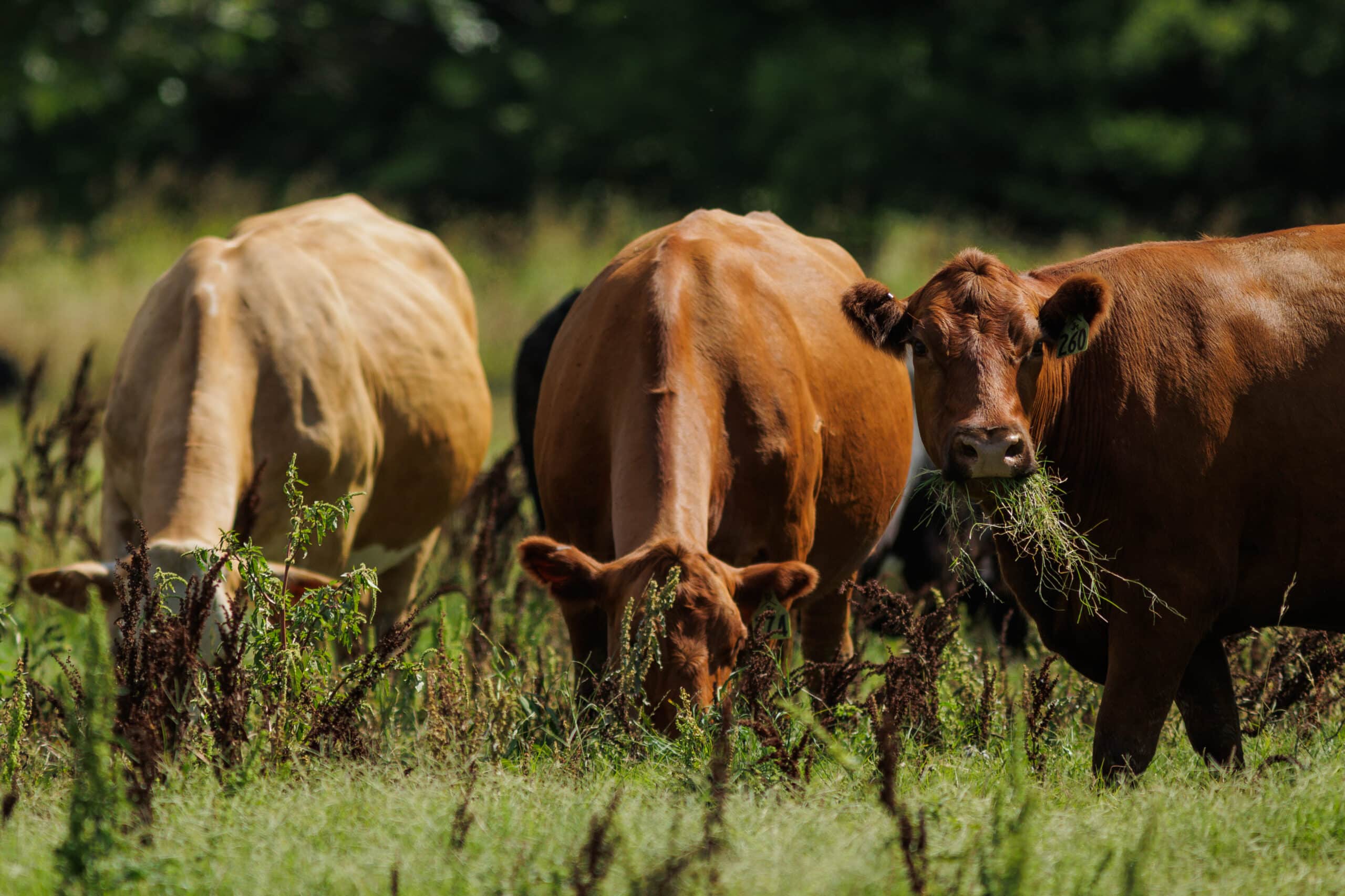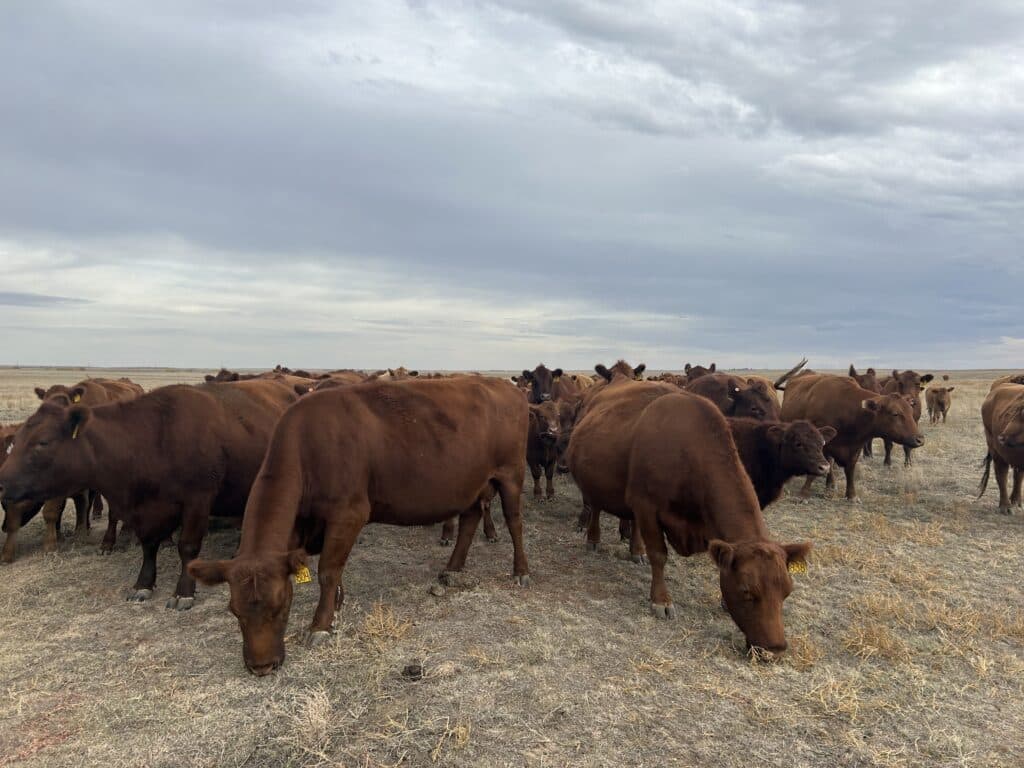Tips on Using Technology to Back up Your Business Plan

You have your farm business plan. Now you just need to think about how you will show that it was the right one.
Technology will play an integral role in the drive to make farming more sustainable while maintaining profitability. Whether your business plan involves expanding operations, increasing pasture productivity or moving to organic agriculture, the right technology will help you reach your goals.
When talking about farm technology, many think about advances in farm machinery and equipment. Developments such as milking robots and auto-steer tractors mean reduced labour costs and more efficient use of resources. Innovations including remote soil monitors and GPS ear tags allow closer oversight of your land and livestock. And in the face of rising energy costs, solar panels and battery storage save money while reducing emissions.
But technology isn’t just about hardware. Livestock management software can help you develop your business plan and come to fruition.
The Benefits of Livestock Management Software
Records You (and the Bank Banager) Can Count On
Livestock management software streamlines record keeping and simplifies reporting, so your figures are always accurate and up to date. This means your business plan is based on numbers you can trust rather than optimistic estimates. With clear figures, you can make a more detailed actionable plan.
Powerful Insights
With livestock management software, figures once confined to notebooks become valuable data. Identify trends, discover underperforming livestock or paddocks, and take steps to remedy any shortcomings before your business plan goes off track. You can track progress towards your goals in real time, pulling up reports such as Livestock Cost of Production or Lifetime Animal Performance in an instant.
Better Management of Resources
Livestock management software helps you run a more efficient operation. It saves hours of labour in record keeping alone and gives you an accurate overview of your inventory and the needs of your livestock, so you can better allocate the feed and medicine needed for optimum performance.
Easier Collaboration with Technology
Whether you’re talking with workers or consulting with outside advisors, livestock management software makes it simple to share the information you want to gain the knowledge you need.
Tips for Adopting Tech on Your Farm
Do Your Research
Beyond the qualities and capabilities of the technology you invest in, consider the after-sales support that comes with it. You don’t want to waste good money on a product only to discover you’re on your own the first time you hit a hurdle.
Consult your Staff
Get your staff’s input when exploring new technology and explain how any product you choose will help them and the farm as a whole, so they are invested in its success.
Develop a Technology Roll Out Plan
Have a timeline for the adoption of the new tech. Whether you integrate it over time or in one hit, you’ll need dates to aim towards. Without firm goals, you’re likely to increase disruption and delay benefits.
Get the Necessary Training
Training could involve outside operators visiting your farm, webinars, or a staff member adept with the new tech teaching other workers. Any time spent in training will spare you trouble down the track.
Implement and Evaluate
After integrating new technology, continue to evaluate how workers use it and how it is helping with productivity. The lessons learnt will inform further tech adoption down the track.
Want to turn your farm business plan into action? Get in touch to find out how AgriWebb’s livestock business management solution can work for you.


